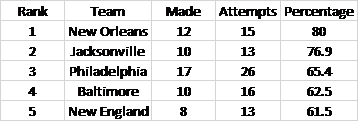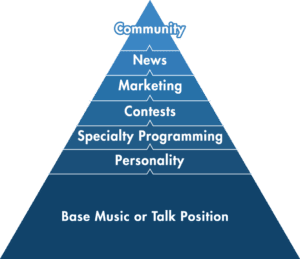Trader Joe’s has a distinct and defined image in a very crowded, competitive grocery space. While most grocery market chains struggle to eke out very small margins, Trader Joe’s profits soar.
How do they do it? Let me count the ways.
IT’S FUN.
A grocery store? Fun?
It’s true, it’s hard not to smile in Trader Joe’s. There’s the quirky music selection playing overhead (think “More Bounce to the Ounce” by Zapp and Roger into “Alive and Kicking” by Simple Minds). The freshly cooked free samples at the back of the store no matter what time you’re there. The employee walking around with the wacky giant question mark available to answer questions. The Hawaiian shirts. The stuffed animal always hidden somewhere in the store for kids to find.
IT’S SMALL.
Read: focused. Far easier to navigate than most supermarkets, yet vastly wider selections than your typical small grocery store. We’ve blogged a few times on the tyranny of choice. Rather than presenting a benefit to the consumer, too much choice and selection often creates nothing more than stress. At Trader Joe’s, you know where everything is and can generally get in and out quickly.
IT’S SYNONYMOUS WITH QUALITY.
I don’t usually buy generic brands. I like Heinz ketchup, French’s mustard and Vlassic pickles. In the typical grocery store, I completely ignore the generic brands for products like these. Piggly Wiggly ketchup? No thank you. I wouldn’t even want to think about where it may have come from.
But Trader Joe’s brands? A totally different story. You trust them—they did their homework and found a better pickle. Trader Joe’s made their generic brands cool, because they made their brand cool.
THEY READ RIES & TROUT’S MARKETING WARFARE AND LEARNED TO PLAY GOOD OFFENSE.
Rather than being just like Whole Foods, the leader in the healthy, gourmet grocery category, Trader Joe’s found the “weakness in their strength” and attacked it. Where Whole Foods takes itself very seriously to the point of being stuffy, Trader Joe’s is fun and whimsical. Whole Foods is expensive. Trader Joe’s is gourmet on the cheap. Whole Foods’ color is green. Trader Joe’s is red. As marketing/positioning experts Al Ries and Jack Trout might say, Whole Foods as the category leader is playing a perfect game of defense, while Trader Joe’s as a challenger is playing a perfect game of offense—which isn’t being better than the category leader, it’s taking a different approach than the category leader.
Trader Joe’s isn’t that different from Whole Foods when it comes to the products it stocks. No Trader Joe’s branded products have high fructose corn syrup or GMOs, and their seafood comes from sustainable sources. It’s just that everything else around it is the opposite.
Radio stations find themselves in battles with format competitors every day. It is easy to get caught up in thinking only in granular terms. We both play 80s music, but we’ll do it better than them. We both have big ensemble morning shows, but ours will be funnier than theirs. We both have big contests, but we’ll give away more money or tickets to hotter shows.
The Trader Joe’s lesson is that you beat a leader not by being better. You win by finding the inherent weakness in their strength and creating your points of differentiation. Some of the most successful brands are categories in and of themselves.
Do your research. Find your lane. Define your base position, then create brand depth.
Just don’t wear Hawaiian shirts and ring bells. That position’s already taken.



